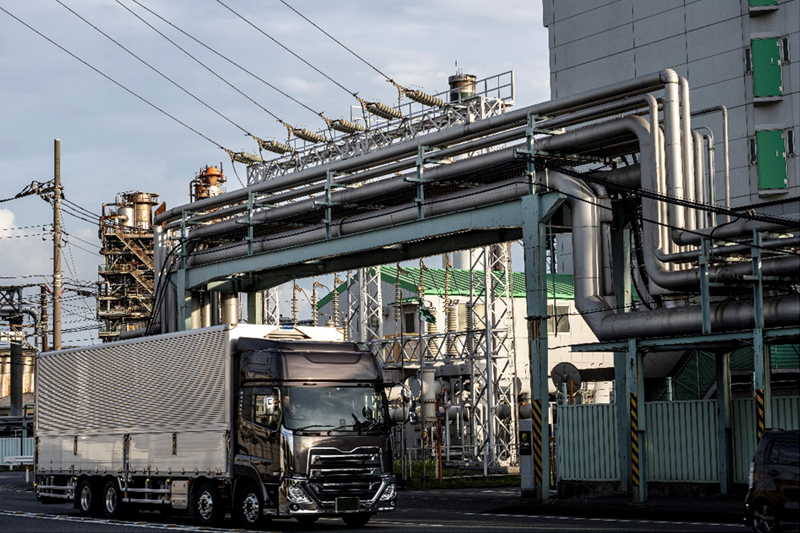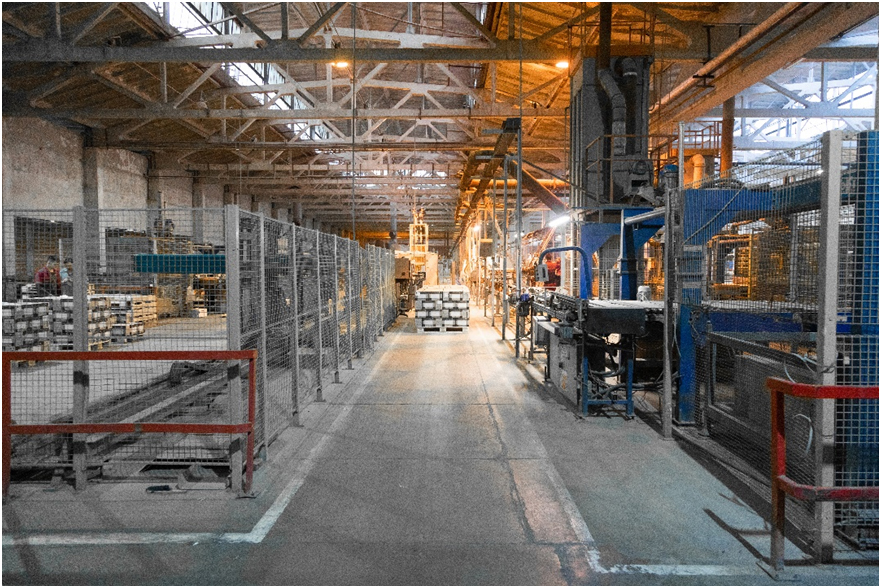Manufacturing Processes: How Stainless Steel 304 Pipes & Stainless Steel 304 Tubes are Made
Date : July 02, 2024What is Stainless Steel 304 Pipes?
Stainless Steel 304 pipes are well-suited for widespread application because of their superior resistance to corrosion, strength, and durability. It contains approximately 18% chromium and 8% nickel; the properties of this alloy make it ideal for mechanical applications, high temperature and other harsh conditions. Stainless Steel 304 pipes are widely used in chemical and petrochemical industries, food processing industries, and construction sector. Ithas very good formability and weldability and can therefore be used in several processes in manufacturing. Furthermore, they are quite immune to oxidation and relatively easy to maintain, which makes it possible to use them in various industrial and domestic setups, where they will be able to offer long-term and reliable service amid tough and challenging conditions.

What is Stainless Steel 304 Tubes?
Stainless Steel 304 tubes are cylindrical structures that have been manufacturing from Stainless Steel 304 which is an alloy of 18% chromium and 8% nickel. This particular type of alloy is generally appreciated for its high level of corrosion resistance, durability and applicability to a wide range of uses. Stainless Steel 304 tubes are versatile and preferred in many industries because of its high endurance for tough conditions and stress. They may be and seamless and welded and this makes it possible for people to choose what they need based on the level of strength and manufacturing techniques. They are highly resistant to rust and staining, thus, can be used both in indoor and outdoor applications, offering durability and reliability.
Manufacturing Processes: How Stainless Steel 304 Pipes & Tubes are Made

- Raw Material Selection: The process starts with choosing Stainless Steel 304 that is an alloy of chromium at 18% and nickel at 8% and which renowned for excellent mechanical property.
- Melting and Casting: The raw materials are combined and melted in an electric arc furnace under a temperature of 1500°C and above. The molten steel is then poured into forms of steel products such as billets or slabs – forms which are used in the production of tubes.
- Forming: Semi-finished products are then heated and rolled through a sequence of rolling mills in order to further decrease their thickness and to form them into tubes. The production of seamless tubes involves converting billets into tubes with a hollow center, while welded tubes are prepared from rolled sheets and joined along the length.
- Annealing: The tubes also go through the process of heat treatment, more specifically annealing, which relieves the tubing of internal stresses and improves ductility. The tubes are heated to a particular temperature, and afterwards cooled at a controlled rate in order to attain the required mechanical characteristics.
- Sizing and Finishing: The tubes are then taken to sizing mills to obtain the required dimensions and then move through pickling, passivation processes. These treatments work on the outer surface and help in increasing the corrosion protection.
- Inspection and Testing: Every single tube undergoes visual and physical inspection for flaws and defects and for conformance to size and mechanics. Non-destructive testing methods to check the tubes must be up to the set industry standards.
- Packaging and Delivery: Manufactured stainless steel tubes are packed correctly to ensure that they are not damaged in the course of transportation before reaching the customers all over the world.


